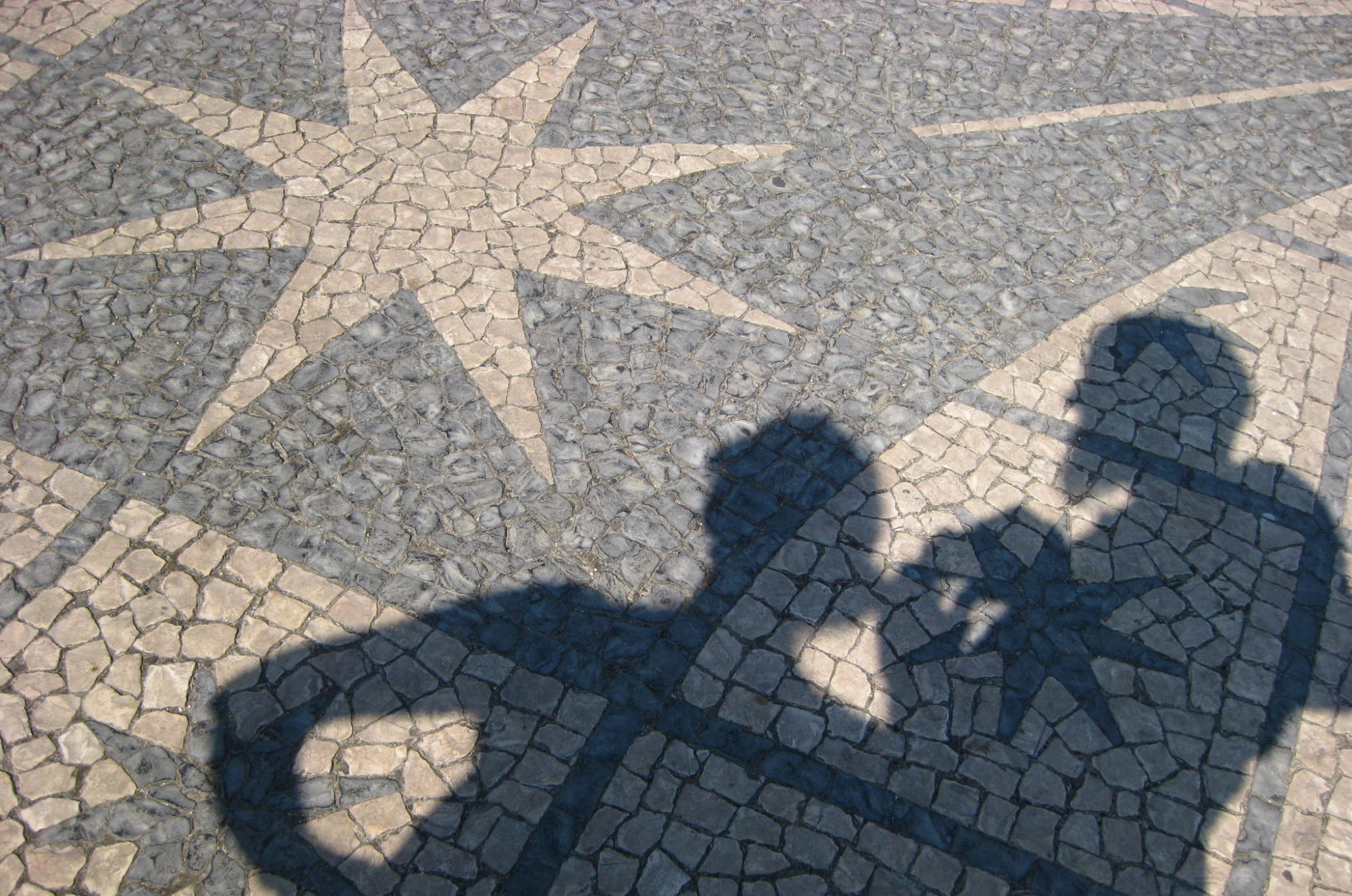Had a chance to finish Lizzy Goodman’s excellent Meet me in the Bathroom: Rebirth and Rock and Roll in New York City 2001-2011, which chronicles the two events of the early aughts that changed everything that came after — the rise of the Strokes, and in a more muted but nonetheless important way, 9/11. And while the latter is undeniably imprinted more vividly and painfully in people’s minds, affecting everything from geopolitical to security and societal matters, the former had a similar life-altering effect on the music world and the culture it influences (albeit a much more positive one in most cases). Whether it was on musicians and the style of music they were making, on industry folks and what they were signing or able to sell, the fashion and style world, the media, or (most importantly) the lives of the listeners who found them (and their scenemates), the arrival of the Strokes was every bit as devastating in historical terms — there was life before it, and life after it, but they were nowhere near the same.
Goodman reminds us of the details via oral history, relaying comments from some of those most intimately aware, and it’s relentlessly entertaining. There’s the usual mix of fans and journalists, but Goodman also somehow manages to assemble a murderer’s row of musicians from the scene, including virtually everyone from the major bands of this moment. And reading this you remember what a moment it was — in addition to the Strokes, there was Interpol, Yeah Yeah Yeahs, LCD Soundsystem, the Rapture, the Walkmen, Jonathan Fire*Eater, TV on the Radio, and second wave bands like the National, Grizzly Bear, Vampire Weekend, Kings of Leon, the Vines, the Hives, the Killers, and more. And while many of these bands went on to put out middling to terrible albums by the end of the decade, Goodman reminds us (by way of making it impossible not to want to go back and re-listen to the albums as you’re reading along) a) the early EPs and debuts that sparked the movement remain virtually unimpeachable (honestly — try and find fault with them, even Is This It? Sixteen years in it is still a flawless thrill…) and b) why the latter outings often were such letdowns/messes (hint: copious amounts of drugs and alcohol often play a role).
Goodman does a great job taking you back through the broad strokes you likely remember, while also filling in a ton of interesting details that only those who were directly involved would ever know. (The Rapture’s Luke Jenner is one of the consistent standouts for hilarious commentary and recollections.) She uses the first four on the above list as totems, returning to them several times over the course of the book after briefly diverging to recount the rise of one of the other bands. Which makes sense — those four were the planets around which most of the other satellites would end up orbiting — the Strokes with their surgically tight garage rock, Interpol with their moody soundtrack of the shadows, Yeah Yeah Yeahs with their wild, unpolished punk, and LCD with their dance rock fusion. Others may have done pieces first, better, or both (Jonathan Fire*Eater and the Rapture come to mind), but those four were the faces of the eventual brands — and for good reason.
Something about their early releases was elemental — I still remember getting a bootleg of the British version of the Strokes’ debut months before the US release (this being the era of Napster and I being a gluttonous truffle hunter for live/new music at the time) and how completely and thoroughly it blew my brain apart. (I still have the CD and remain steadfast in my insistence that that version is superior to the rerecorded US version, and not just because it has “New York City Cops” on it…) Same goes for Interpol — seeing them play their debut album on my birthday however many years ago (along with my favorite band no one has heard of, Calla) remains one of the best shows I’ve seen and one of my all-time favorite albums. Or catching the Yeah Yeah Yeahs at the Showbox in Seattle on a lark while there on business and seeing Karen O on stage with her torn fishnets and tutu (I think?) just go bananas pouring beer on herself/others while Nick’s insanely loud, looped guitar obliterated the crowd. Or the fuzzy, jubilant haze of early LCD shows where you danced yourself clean in a packed room of sweaty strangers before he taught us that was a thing a decade later. These early albums and the moments they call to mind are what will last, well past any consternation over crappy second/third/fourth albums by these guys or any others on the list. (Warranted as that consternation may be…)
It’s a really enjoyable read, so check it out when you have a chance. In the meantime, enjoy some of the deeper cuts that it bubbled to the surface while I was read-listening, most off those (still) hard to find EPs and singles that I hadn’t listened to for a while.
